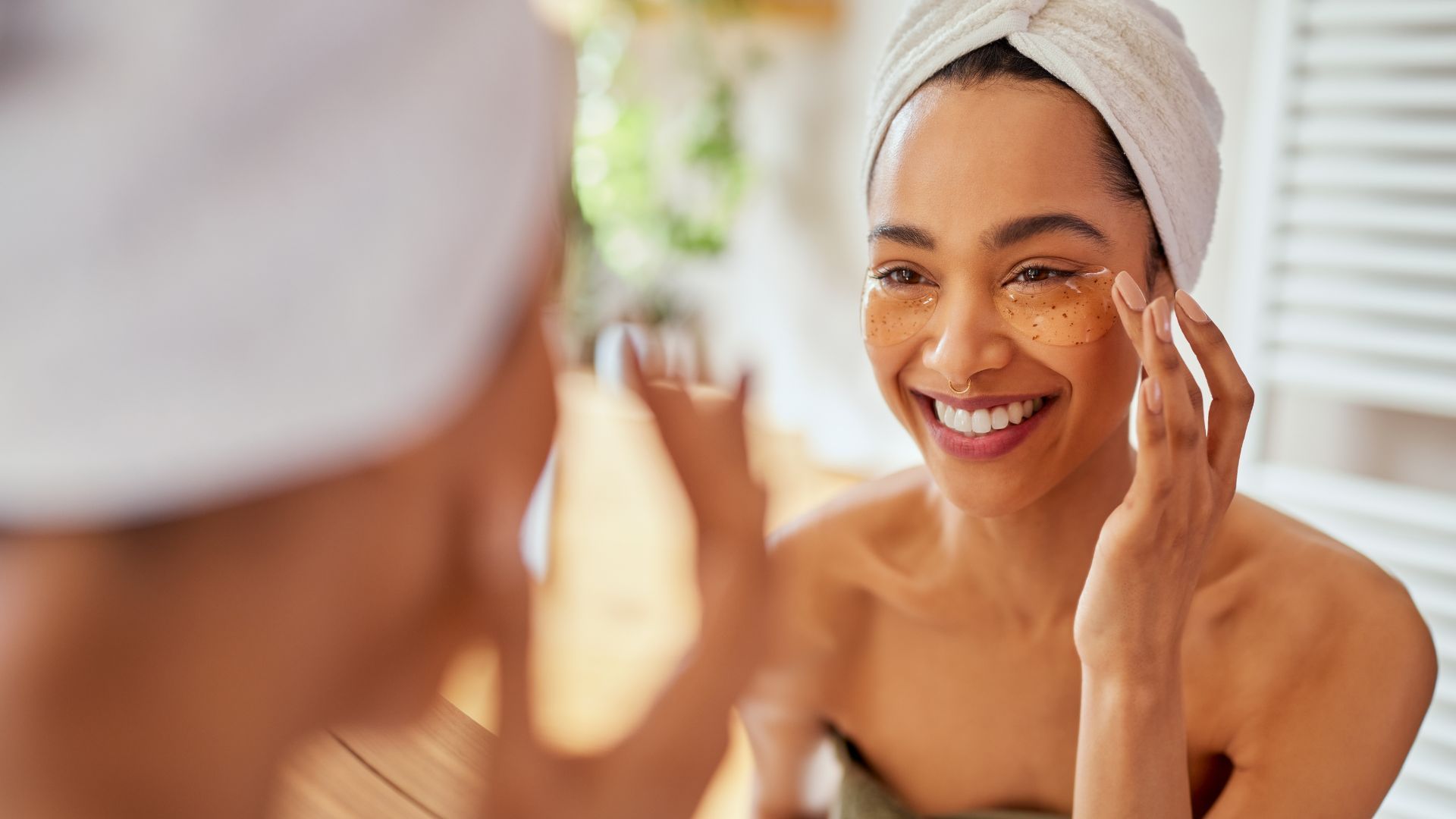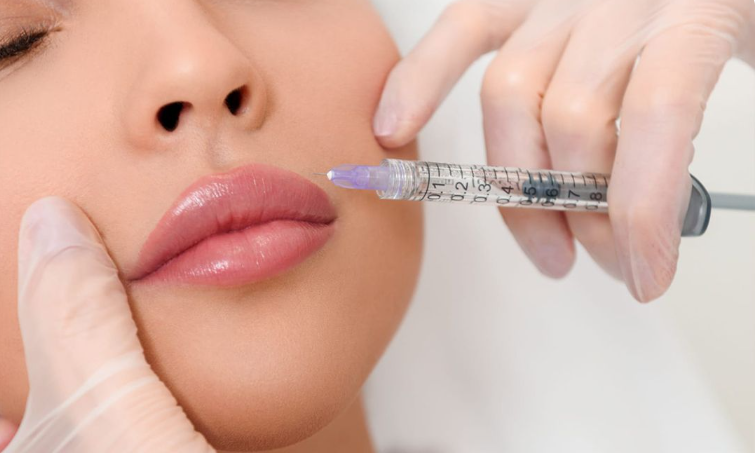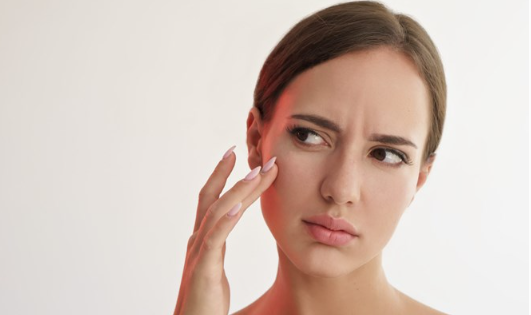How Long Botox Really Lasts: Duration, Results & Tips

Botox is one of the most popular cosmetic injectables in Rhode Island
It delivers quick, non-invasive results that soften lines and smooth wrinkles. But one of the most common questions we hear from new clients is: "How long does Botox actually last?"
Understanding Botox: What It Does and How It Works
Botox is a purified, medical-grade form of botulinum toxin type A, derived from the bacterium Clostridium botulinum. When administered in small, controlled doses, it temporarily interrupts nerve signals to targeted muscles. This relaxation of the muscle prevents the contraction that causes dynamic wrinkles—lines that form from repeated facial expressions such as frowning, squinting, or smiling.
What Is Botox?
Botox's versatility and safety record have made it one of the most trusted aesthetic solutions in the U.S., especially when administered by a licensed and experienced injector. The goal isn’t to “freeze” your face, but to refresh your appearance while keeping your natural expressions intact. It relaxes facial muscles and softens expression lines, especially around the forehead, eyes, and mouth.
Originally developed for medical purposes, Botox is now widely recognized for its cosmetic benefits. It helps smooth wrinkles and fine lines without surgery or downtime, making it an appealing choice for many residents in East Greenwich. Most treatments take just 10–20 minutes and are virtually painless.
Common Treatment Areas
- Forehead lines
- Crow’s feet
- Glabellar lines (between eyebrows)
- Bunny lines (nose wrinkles)
- Chin dimpling
- Lip flip
How Long Does Botox Typically Last?
It provides temporary yet highly effective wrinkle reduction treatment. The exact duration depends on individual factors like your body’s metabolism, muscle strength, and lifestyle.
General Duration Timeline
- 3 to 4 months on average for most clients
- Up to 6 months in some individuals, depending on personal factors
Early vs. Long-Term Use
- New patients may notice results fade a bit faster
- Consistent users often experience prolonged results due to muscle weakening over time
Factors That Affect Botox Longevity
- Your Metabolism – Clients with faster metabolisms may break down the product more quickly.
- Muscle Strength & Facial Movement – Strong, overactive muscles may require more units and can metabolize Botox faster.
- Technique & Experience of Injector – Precise placement and proper dosing improve effectiveness and duration.
- Skin Type and Age – Younger skin often holds Botox longer, while older skin may require more frequent touch-ups.
Botox Aftercare Tips to Maximize Results
Proper aftercare is crucial to ensuring that your Botox treatment lasts as long as possible and delivers the best results. By following a few simple post-treatment guidelines, you can minimize complications and preserve that smooth, refreshed look for months.
Post-Treatment Best Practices
- Avoid touching or rubbing the area for 24 hours
- Sleep on your back the first night
- Skip intense workouts for at least 24 hours
- Refrain from facials or chemical peels for 48 hours
Skincare Enhancements
- Use medical-grade sunscreen and moisturizer
- Incorporate collagen-boosting serums
When to Schedule Repeat Injections
- Schedule every 90 to 120 days
- Avoid waiting until full muscle movement returns
Benefits of Consistency
- Prevents deepening of expression lines
- Helps train muscles to remain relaxed
Safety and Side Effects to Know
Common Side Effects
- Minor bruising
- Redness or swelling at injection sites
- Mild headache
Rare but Serious Effects
- Drooping eyelids or asymmetry
- Allergic reactions (extremely rare)
Safety Precautions
- Disclose medications, allergies, or neurological conditions
- Choose a board-certified provider
How East Greenwich Climate & Lifestyle Can Play a Role
Sun Exposure & Outdoor Living
Frequent sun exposure may shorten Botox effects due to facial tension and skin stress.
Cold Winters
Colder months may prolong results by reducing sweating and muscle movement.
Active Local Lifestyle
Frequent exercise may shorten Botox longevity due to boosted metabolism.
Botox vs. Other Injectables: Longevity Comparison
| Injectable | Typical Duration | Best For |
|---|---|---|
| Botox | 3–4 months | Dynamic wrinkles |
| Dysport | 3–4 months | Wider spread, quick onset |
| Xeomin | 3–4 months | No additives, purer formula |
| Juvederm | 6–12 months | Volume loss, lips, cheeks |
| Restylane | 6–18 months | Facial folds, fine lines |
Conclusion: Botox Results Tailored for You
If you're considering Botox in East Greenwich, understanding how long it lasts—and how to maximize those results—is key to achieving a youthful, refreshed look. With consistent care, expert administration, and proper aftercare, Botox can be a reliable part of your beauty regimen.
To schedule your consultation or ask about custom Botox packages, contact us today.
FAQs: Botox Duration in East Greenwich, RI
Q: How long does it take for Botox to start working?
Most patients begin noticing visible improvements within 3 to 5 days after treatment. The full effects usually become apparent by day 10, depending on your individual metabolism and the areas treated. Most patients notice initial effects within 3–5 days, with full results becoming visible by day 10.
Q: Can Botox wear off faster if I work out a lot?
Yes. Frequent high-intensity workouts can increase your body’s metabolic rate, which may lead to the Botox being processed more quickly and potentially shortening the duration of its effects. Yes. High-intensity workouts and elevated metabolism can contribute to faster breakdown of the product.
Q: Is it safe to get Botox long-term?
Absolutely. Botox has been used safely for decades in both medical and cosmetic fields. Long-term use is considered safe when treatments are spaced appropriately and performed by licensed professionals. Absolutely. Many clients safely use Botox for over a decade without negative effects when administered correctly.
Q: Will stopping Botox make my wrinkles worse?
No, stopping Botox won’t worsen your wrinkles. Once the effects wear off, treated muscles regain movement and lines gradually return to their original state—but not worse than before treatment. No. Wrinkles will gradually return to their pre-treatment appearance, but not worsen beyond baseline.
Q: How do I know when I need a touch-up?
Touch-ups are typically needed when you start to notice the gradual return of facial movement or lines. For most clients, this happens around 3 to 4 months post-treatment depending on their facial activity and treatment area. If you start seeing facial movement return—especially in high-motion areas like the brow—it’s time to revisit your injector.
Our Recent News & Articles





